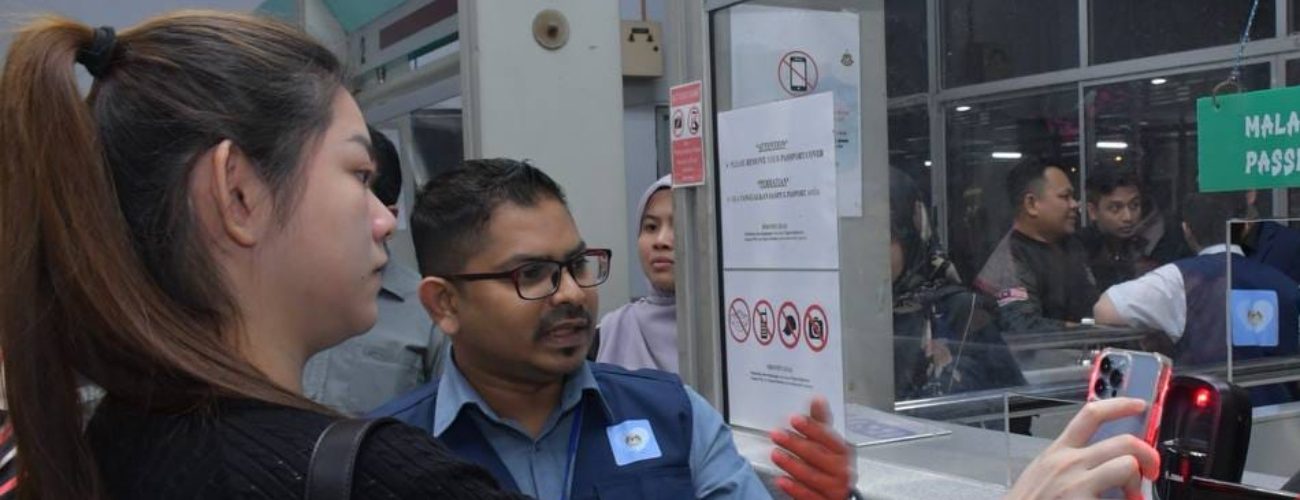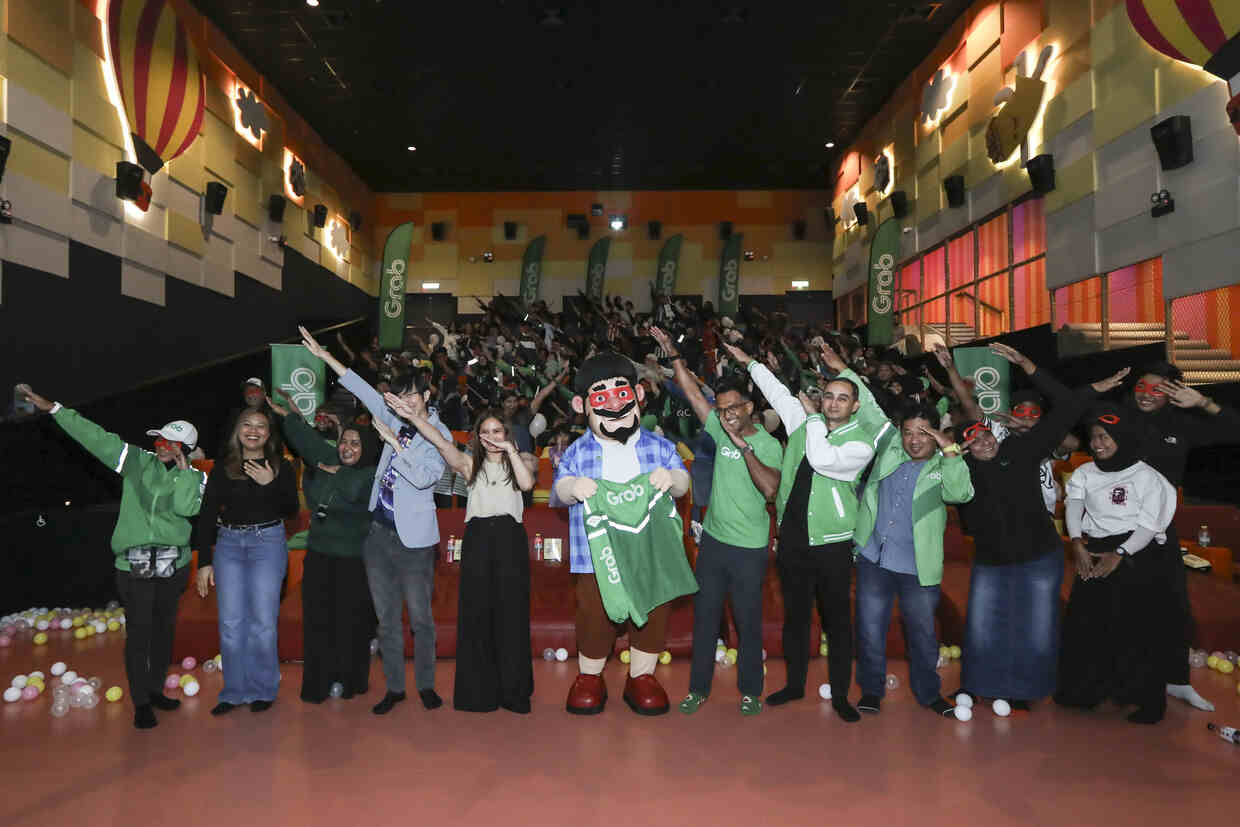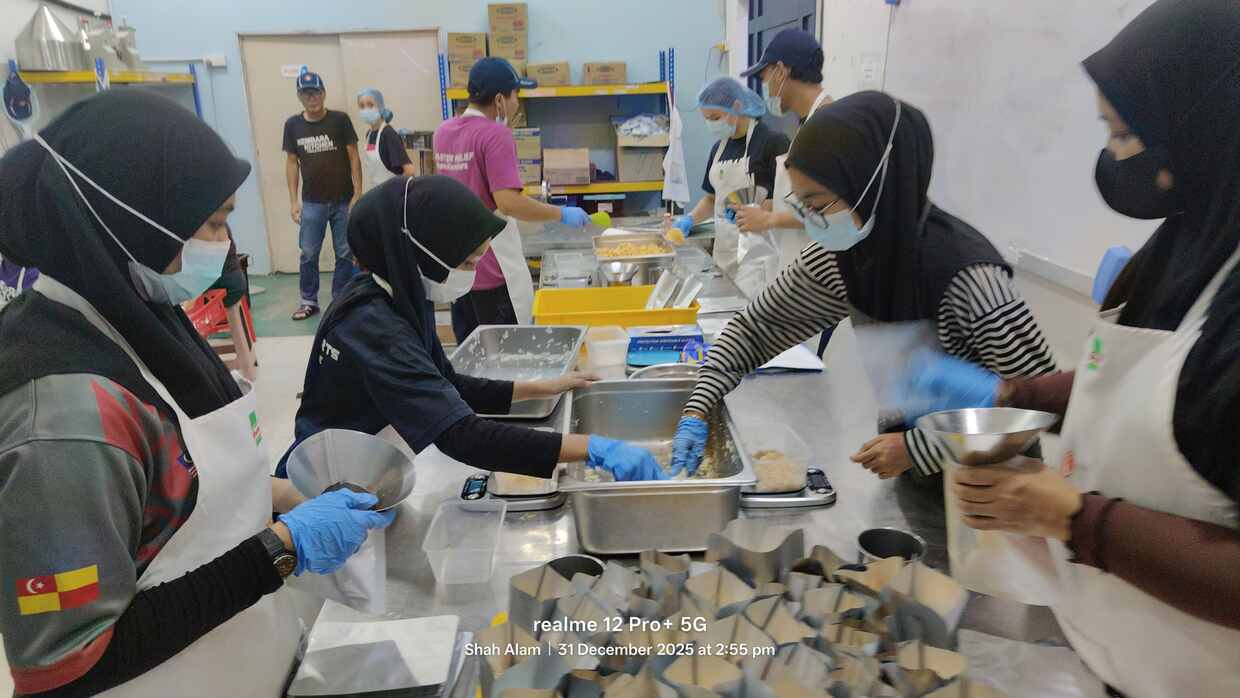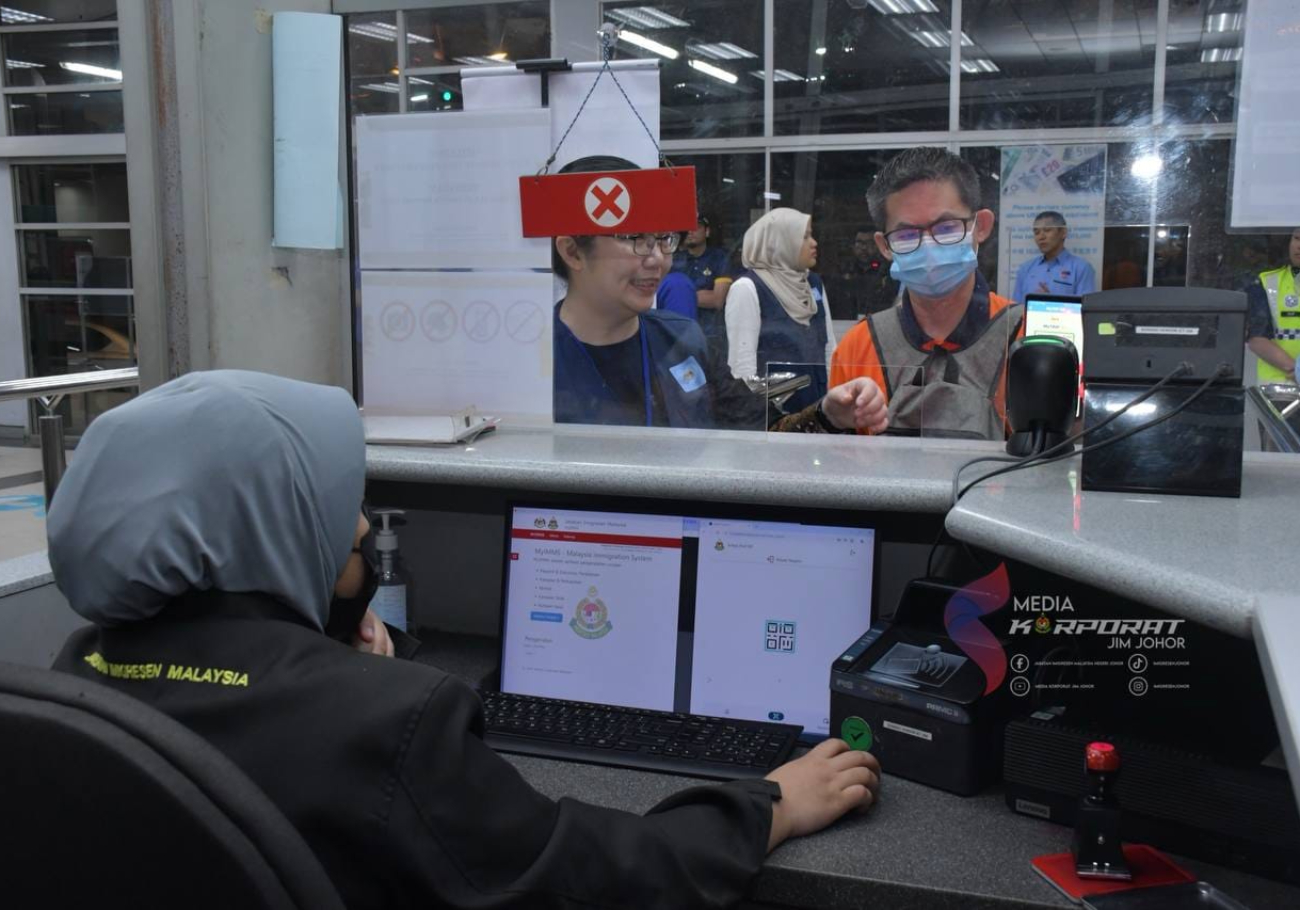
The trial run of QR code immigration checks for bus and motorcycle services at the Customs, Immigration, Quarantine and Security (CIQS) area of the Sultan Abu Bakar Complex (KSAB) in Johor Bahru commenced on June 1 without any hitches.
This innovative approach aims to streamline the immigration process, offering a faster and more efficient way for travellers to cross the border.
Positive initial feedback for trial run
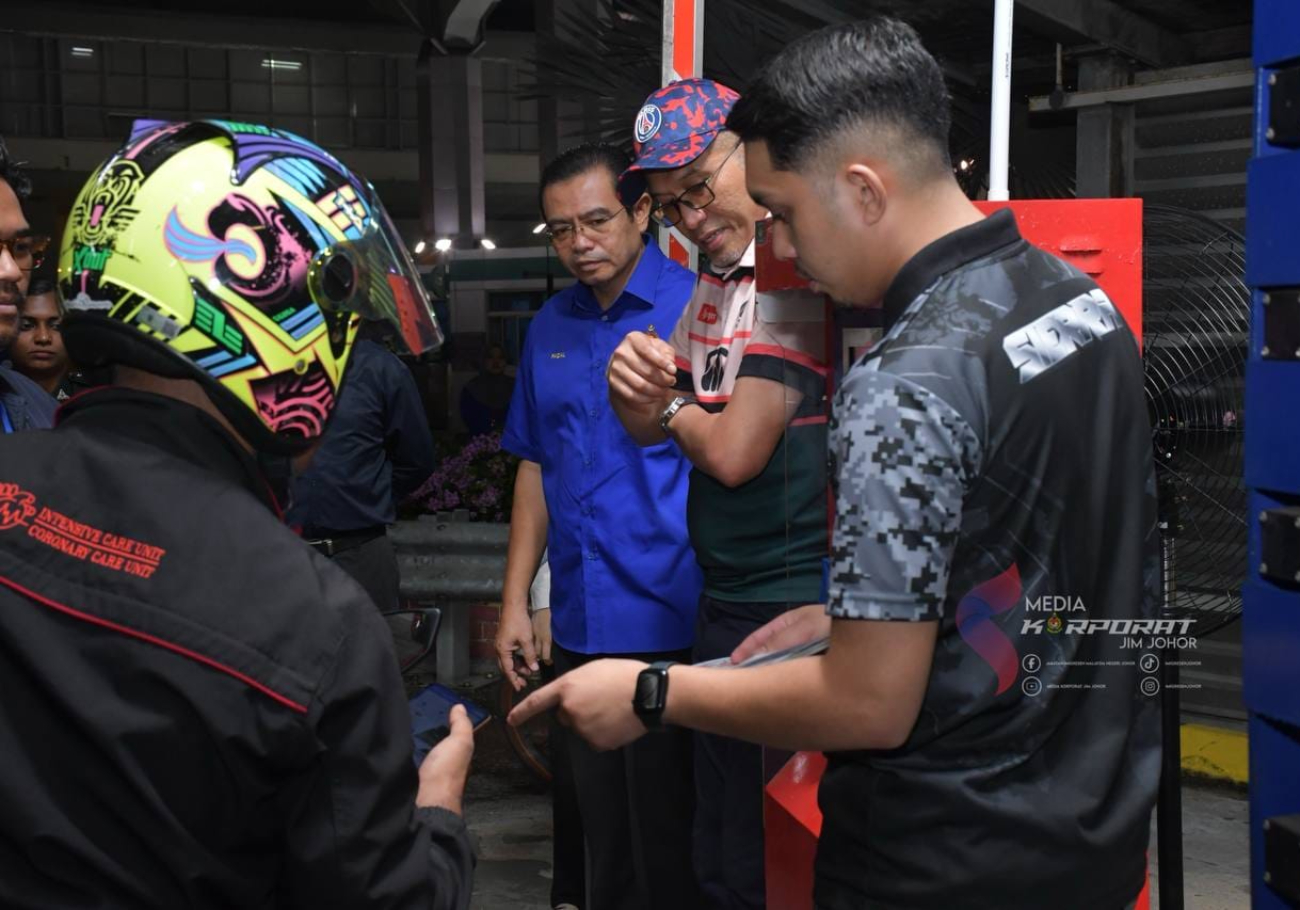
Immigration Director-General Datuk Ruslin Jusoh reported that the trial has received positive feedback from users, with 117,000 downloads of the application and 13,846 users actively using the system so far.
This feedback indicates a promising start for the QR code initiative, which is also being trialled at the bus passenger lane at the Sultan Iskandar Building (BSI) CIQ.
Ruslin emphasised the thorough preparation behind this trial.
“Immigration is in the final stages of refining the QR code application requirements to ensure seamless implementation,” he said.
The implementation is currently in the Proof of Concept (POC) trial phase, set to last three months.
Streamlining the QR code check process
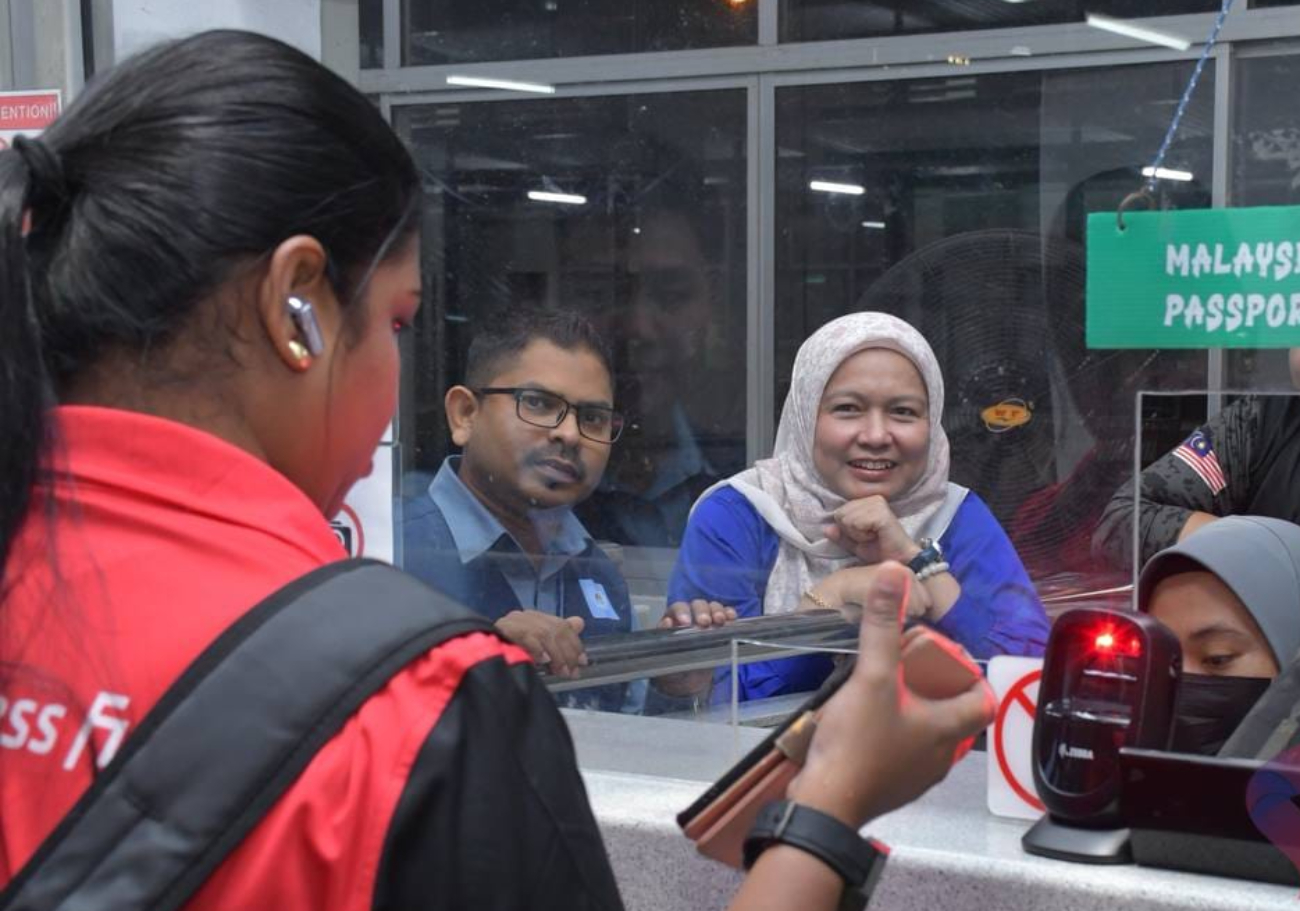
The use of QR codes in immigration checks is designed to simplify and speed up the clearance process for Malaysians using bus and motorcycle services at KSAB and bus services at BSI.
By scanning a unique QR code, travellers can bypass the traditional passport checks, reducing congestion and wait times.
Deputy Prime Minister Dato’ Sri Fadillah Yusof previously mentioned that the MyTrip system, part of this QR code initiative, would undergo a three-month POC trial before potentially being rolled out at checkpoints nationwide.
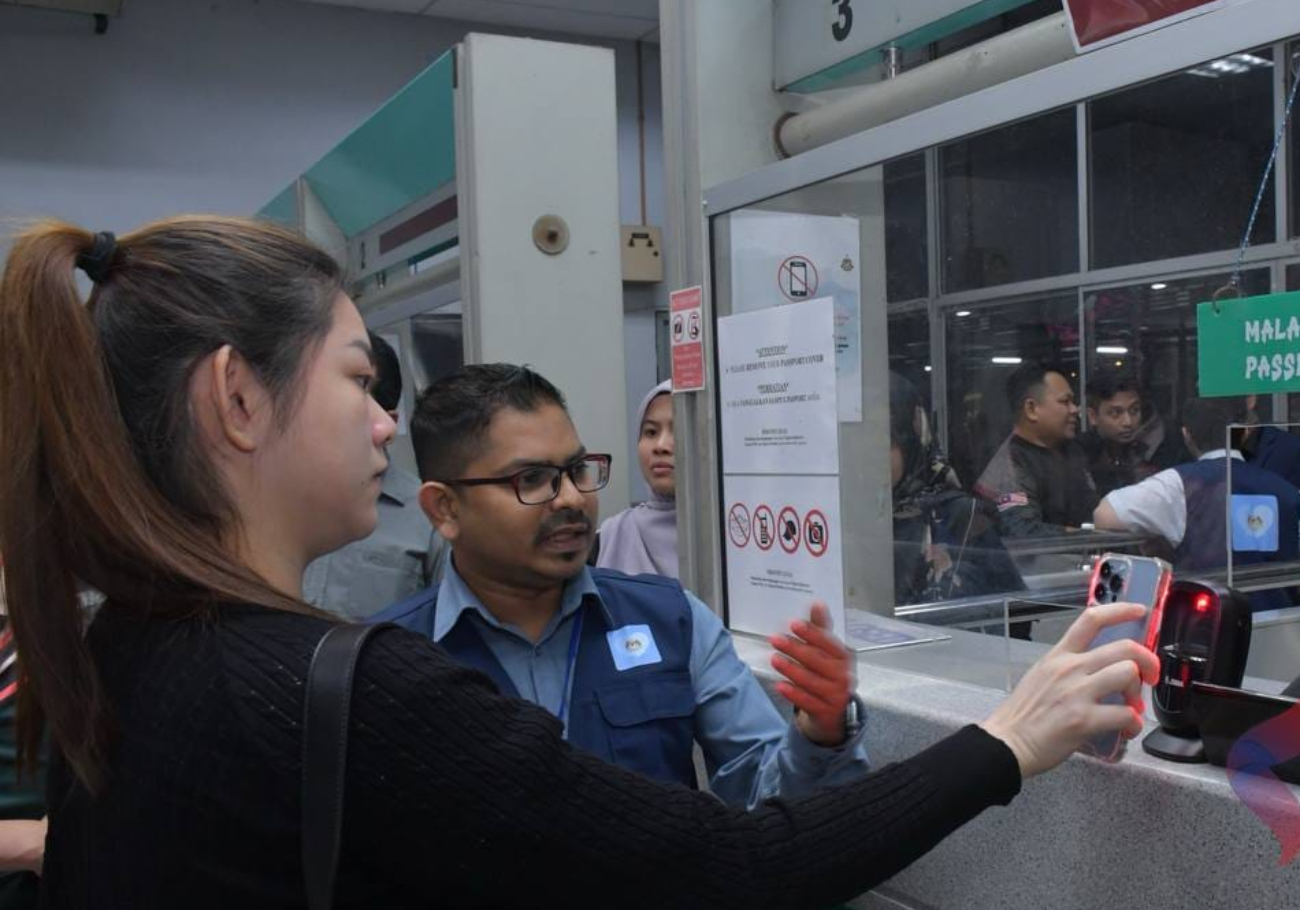
The MyRentas BSI system is also expected to undergo a similar three-month test run.
The trial period for Malaysia’s QR immigration initiative aims to facilitate travel for those crossing the Singapore-Johor border.
By allowing passengers to present a QR code instead of their passports, the system seeks to make cross-border travel more convenient and efficient.
Ruslin highlighted the focus on user experience during this trial phase.
“During this period, the use of QR codes only involves Malaysians using bus and motorcycle services at KSAB and bus services at BSI,” he said, stressing the importance of refining the system based on real-world feedback.


